Home » Wind Energy » How to Know Your Wind Energy Business Structure?
How to Know Your Wind Energy Business Structure?
Let's assume you have established that you have a good wind resource on your property, and you decide to undertake a wind energy project. How will you do it? As with any business venture, there is more than one way to structure your involvement. Do you want to own a wind turbine by yourself, or join forces with a partner? Or do you want to sell or lease your land to someone else? The structure you choose for your wind energy business will depend on three main factors.
Time and Effort: You need to determine how much of your own time and effort you are willing to put into this venture. Some business structures will require more participation from you than others. For example, if you decide to own your own turbine, you will be responsible for managing its performance, maintenance, and repairs. Leasing your land requires very little time and effort but the financial rewards of the project are normally much smaller.
Risk and Return: In most business ventures, this rule holds true: The greater the risk, the greater the return. How much risk are you willing to undertake, and how great a return are you looking for? You should consider the amount of risk you can take with your wind project in light of your other financial commitments.
Upfront Costs: Buying and installing wind turbines requires upfront capital. For commercial-scale wind farms, these costs can run into the millions of dollars. If you lease your land to developers you will have low upfront costs. If you want the higher profits that normally come with ownership of a project, but you are not in a financial position to be a sole owner, joint ownership could be the best option for you.
Basic Business Models for Community Wind Project
There are three basic ways to harvest wind energy:

Contracting With Developers
Contracting with a wind developer involves the least time, effort, risk, and, often the least reward. Usually developers approach property owners with specific projects in mind. Once you sign a contract to allow wind turbines on your land, you are not obligated to do any more work. This business structure is currently the most common form of large-scale wind ownership, mainly because turbines are so capital intensive.
A wind developer is an individual or company that constructs, owns, operates, and manages wind energy systems. Developers essentially act as "middlemen" between landowners who have good wind resources and power suppliers or power marketers who buy electricity. Sometimes electric companies own the wind generation and contract directly with landowners to host the turbines.
Developers think in terms of "projects." A project might consist of one or hundreds of turbines, this determination will be based on the amount of electricity the developer is expected to sell. Contracts between developers and electric companies are called Power Purchase Agreements (PPAs). The cost to generate electricity from wind has declined rapidly, which has helped wind energy become competitive on the open market Currently, developers typically receive about 3 to 5 cents per kWh for PPAs.
There are three primary types of arrangements landowners and developers make regarding wind energy:
Leasing Land: A developer may lease or rent your land for the life of the turbines, which is usually about 30 years. You might be compensated with a lump sum or annually through a royalty payment for the amount of electricity produced. Basing the lease on a share of revenues can help capture future increases in the value of wind power. Landowner payments are typically about $2,500 to $5,000 per wind turbine per year. In this arrangement, you retain ownership of your land.
Wind Easements: A wind easement is a deed or will executed by the owner of a particular plot of land or air space to ensure a wind energy developer adequate exposure to the wind. Easements run in perpetuity unless the deed provides for termination. Developers usually compensate for easements with a payment up front. Easements must be in writing and must be filed, recorded, and indexed by your county recorder's office.
Purchasing Land: Developers will sometimes purchase your land outright and build their turbines. You reap a one-time profit, but once you've sold the land, you have no access to that wind resource.
Group Ownership
Investing with others gives you the opportunity to reap greater rewards than leasing your land with less risk than owning the turbines by yourself. As a joint investor, you would be a part owner of a wind farm. The entire investment group would be responsible for developing and managing the wind farm, which cuts out the third party developer. There are many forms of joint ownership, from two partners to corporations with large numbers of shareholders. If you decide to build a partnership or pursue a joint venture to retain equity in wind turbines on your land, you can choose from several options:
Pass-Through Entities: A pass-through entity business structure allows tax credits and operating gains and losses to be allocated to the members of the entities rather than remaining with the entity itself.
Consumer Cooperative: Cooperatives are normally set up as corporations or LLC’s in which a business’ customers own and control it. Returns are based upon your patronage of the business rather than income from an investment. If a cooperative can build wind turbines that provide electricity at lower costs than other sources, the benefits get passed on to its owners in the form of lower utility bills.
Limited Liability Company (LLC): The LLC is a corporate entity that can be created to be the official owner the wind farm. Individual investors can buy shares of the LLC. This structure provides legal protection to the investors in case of financial problems or accidents at the wind farm. In this type of structure, gains and losses are allocated to the shareholders for tax purposes.
Partnership: In general partnerships, the ownership is joint and several. This means the profits and liabilities are split between the partners. This structure can cause problems if the wind farm faces financial difficulty, because the individual partners are personally liable for the debts of the partnership.
Individual Ownership
If you choose to own a turbine yourself, you assume all responsibility for the work and all the risks. You also receive all the profits. Wind turbines vary greatly in physical size, price, and the amount of electricity they generate. A large scale turbine typically costs more than $1,000,000 while small turbines can cost less than $50,000. You may decide to purchase a small turbine to offset your own use, or secure financing for a larger turbine that produces enough electricity for you to sell any power you don't use.
In Summary
There are many ownership structures to choose from. The structure you choose will depend on your current financial situation, your goals, and possibly the enthusiasm or availability of others. Talking with other turbine owners about their business structures can be enormously helpful.
Time and Effort: You need to determine how much of your own time and effort you are willing to put into this venture. Some business structures will require more participation from you than others. For example, if you decide to own your own turbine, you will be responsible for managing its performance, maintenance, and repairs. Leasing your land requires very little time and effort but the financial rewards of the project are normally much smaller.
Risk and Return: In most business ventures, this rule holds true: The greater the risk, the greater the return. How much risk are you willing to undertake, and how great a return are you looking for? You should consider the amount of risk you can take with your wind project in light of your other financial commitments.
Upfront Costs: Buying and installing wind turbines requires upfront capital. For commercial-scale wind farms, these costs can run into the millions of dollars. If you lease your land to developers you will have low upfront costs. If you want the higher profits that normally come with ownership of a project, but you are not in a financial position to be a sole owner, joint ownership could be the best option for you.
Basic Business Models for Community Wind Project
There are three basic ways to harvest wind energy:
- You can contract with a wind developer or other owner,
- You can join in investing with others, or
- You can own the turbine(s) yourself.

Contracting With Developers
Contracting with a wind developer involves the least time, effort, risk, and, often the least reward. Usually developers approach property owners with specific projects in mind. Once you sign a contract to allow wind turbines on your land, you are not obligated to do any more work. This business structure is currently the most common form of large-scale wind ownership, mainly because turbines are so capital intensive.
A wind developer is an individual or company that constructs, owns, operates, and manages wind energy systems. Developers essentially act as "middlemen" between landowners who have good wind resources and power suppliers or power marketers who buy electricity. Sometimes electric companies own the wind generation and contract directly with landowners to host the turbines.
Developers think in terms of "projects." A project might consist of one or hundreds of turbines, this determination will be based on the amount of electricity the developer is expected to sell. Contracts between developers and electric companies are called Power Purchase Agreements (PPAs). The cost to generate electricity from wind has declined rapidly, which has helped wind energy become competitive on the open market Currently, developers typically receive about 3 to 5 cents per kWh for PPAs.
There are three primary types of arrangements landowners and developers make regarding wind energy:
Leasing Land: A developer may lease or rent your land for the life of the turbines, which is usually about 30 years. You might be compensated with a lump sum or annually through a royalty payment for the amount of electricity produced. Basing the lease on a share of revenues can help capture future increases in the value of wind power. Landowner payments are typically about $2,500 to $5,000 per wind turbine per year. In this arrangement, you retain ownership of your land.
Wind Easements: A wind easement is a deed or will executed by the owner of a particular plot of land or air space to ensure a wind energy developer adequate exposure to the wind. Easements run in perpetuity unless the deed provides for termination. Developers usually compensate for easements with a payment up front. Easements must be in writing and must be filed, recorded, and indexed by your county recorder's office.
Purchasing Land: Developers will sometimes purchase your land outright and build their turbines. You reap a one-time profit, but once you've sold the land, you have no access to that wind resource.
Group Ownership
Investing with others gives you the opportunity to reap greater rewards than leasing your land with less risk than owning the turbines by yourself. As a joint investor, you would be a part owner of a wind farm. The entire investment group would be responsible for developing and managing the wind farm, which cuts out the third party developer. There are many forms of joint ownership, from two partners to corporations with large numbers of shareholders. If you decide to build a partnership or pursue a joint venture to retain equity in wind turbines on your land, you can choose from several options:
Pass-Through Entities: A pass-through entity business structure allows tax credits and operating gains and losses to be allocated to the members of the entities rather than remaining with the entity itself.
Consumer Cooperative: Cooperatives are normally set up as corporations or LLC’s in which a business’ customers own and control it. Returns are based upon your patronage of the business rather than income from an investment. If a cooperative can build wind turbines that provide electricity at lower costs than other sources, the benefits get passed on to its owners in the form of lower utility bills.
Limited Liability Company (LLC): The LLC is a corporate entity that can be created to be the official owner the wind farm. Individual investors can buy shares of the LLC. This structure provides legal protection to the investors in case of financial problems or accidents at the wind farm. In this type of structure, gains and losses are allocated to the shareholders for tax purposes.
Partnership: In general partnerships, the ownership is joint and several. This means the profits and liabilities are split between the partners. This structure can cause problems if the wind farm faces financial difficulty, because the individual partners are personally liable for the debts of the partnership.
Individual Ownership
If you choose to own a turbine yourself, you assume all responsibility for the work and all the risks. You also receive all the profits. Wind turbines vary greatly in physical size, price, and the amount of electricity they generate. A large scale turbine typically costs more than $1,000,000 while small turbines can cost less than $50,000. You may decide to purchase a small turbine to offset your own use, or secure financing for a larger turbine that produces enough electricity for you to sell any power you don't use.
In Summary
There are many ownership structures to choose from. The structure you choose will depend on your current financial situation, your goals, and possibly the enthusiasm or availability of others. Talking with other turbine owners about their business structures can be enormously helpful.
Post a Comment:
You may also like:

Featured Articles
What Are the Advantages of Wind Energy?
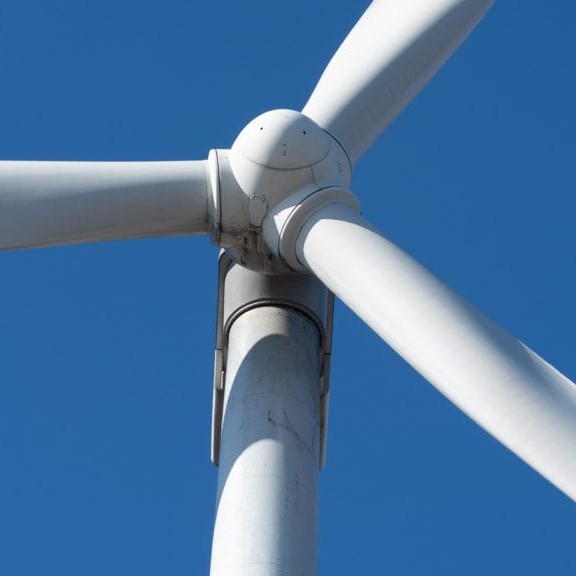 Wind power is the fastest-growing source of electricity worldwide. The American Wind Energy Association estimates that more ...
Wind power is the fastest-growing source of electricity worldwide. The American Wind Energy Association estimates that more ...
 Wind power is the fastest-growing source of electricity worldwide. The American Wind Energy Association estimates that more ...
Wind power is the fastest-growing source of electricity worldwide. The American Wind Energy Association estimates that more ...Technical Potential for Wind Energy
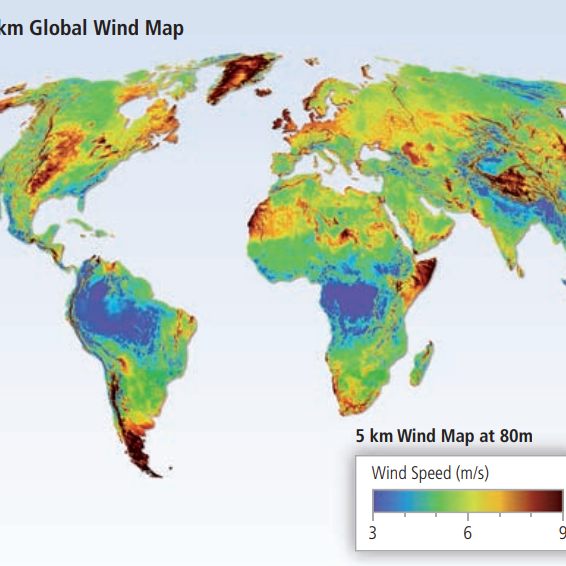 The theoretical potential for wind, as estimated by the global annual flux, has been estimated at 6,000 EJ/yr. The global ...
The theoretical potential for wind, as estimated by the global annual flux, has been estimated at 6,000 EJ/yr. The global ...
 The theoretical potential for wind, as estimated by the global annual flux, has been estimated at 6,000 EJ/yr. The global ...
The theoretical potential for wind, as estimated by the global annual flux, has been estimated at 6,000 EJ/yr. The global ...What is the Wind Energy Conversion ...
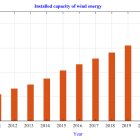 Due to technical and economic visibility, wind power has emerged as one of the most promising renewable energy sources ...
Due to technical and economic visibility, wind power has emerged as one of the most promising renewable energy sources ...
 Due to technical and economic visibility, wind power has emerged as one of the most promising renewable energy sources ...
Due to technical and economic visibility, wind power has emerged as one of the most promising renewable energy sources ...Wind Energy Background
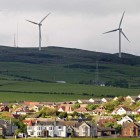 The kinetic energy in the wind is a promising source of renewable energy with significant potential in many parts of the world. ...
The kinetic energy in the wind is a promising source of renewable energy with significant potential in many parts of the world. ...
 The kinetic energy in the wind is a promising source of renewable energy with significant potential in many parts of the world. ...
The kinetic energy in the wind is a promising source of renewable energy with significant potential in many parts of the world. ...How Wind Energy is Collected and ...
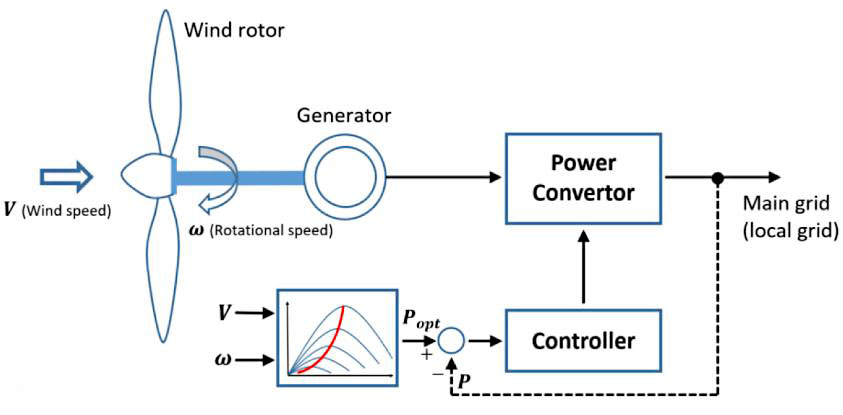 Wind energy is a form of solar energy. Earth’s atmosphere is unevenly heated by solar radiation and the air is in constant motion ...
Wind energy is a form of solar energy. Earth’s atmosphere is unevenly heated by solar radiation and the air is in constant motion ...
 Wind energy is a form of solar energy. Earth’s atmosphere is unevenly heated by solar radiation and the air is in constant motion ...
Wind energy is a form of solar energy. Earth’s atmosphere is unevenly heated by solar radiation and the air is in constant motion ...